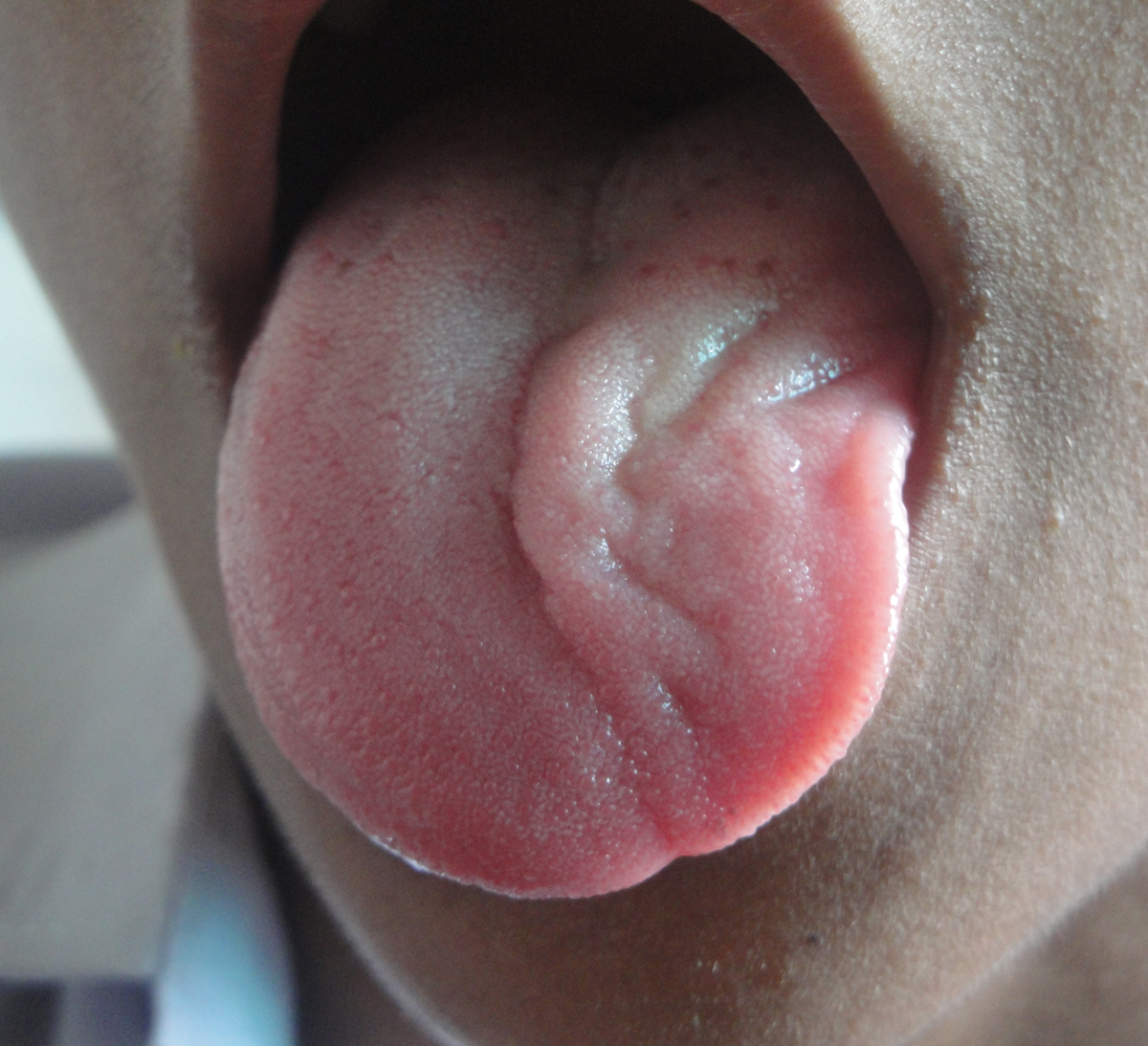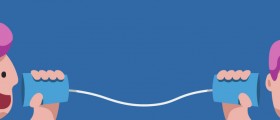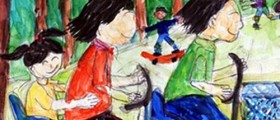
Dysarthria-Overview
This is a motor speech disorder characterized by aphasia (disorder of the content of speech). Any of the speech Subsystem (such as phonation, resonance, prosody, respiration, etc.) may be affected.
There are the various types of this disorder: spastic dysarthria (that causes very slow, indistinct, monotone voice; it might seem strained at times), hyperkinetic dysarthria (which presents with a harsh, strained voice), hypokinetic dysarthria (which presents with a hoarse voice of low volume), flaccid dysarthria (which causes nasal, breathy voice; there is frequently an obvious weakness or paralysis of the facial muscles), ataxic dysarthria (that causes poor coordination of the speech muscles, resulting in the speech being low in volume, erratic and irregular).
Causes
This condition is mainly caused by one’s difficulty or inability to move the muscles of the mouth, face, or the upper respiratory system that plays a part in controlling speech.
This can be the result of various conditions, such as: multiple sclerosis, Lou Gehrig’s disease, , brain injury or tumor, Wilson’s disease, Huntington’s disease, Lyme disease, stroke, myasthenia gravis, etc.
Because this condition is usually caused by something more severe, the parents should take their child to the doctor’s as soon as the first symptoms have presented themselves. The doctor will run the necessary tests, discover the underlying problem, and prescribe the necessary treatment.
Symptoms
Symptoms may vary in severity from child to child. For some, it can be very mild and has little effect on the understandability of speech. However, others may be difficult to understand and will need therapy to improve their speech. Children with dysarthria frequently have difficulties with language, learning, or other aspects of motor development.
The most common symptoms of this condition are: Monotone speech, Slurred speech, difficulty in moving the tongue, mouth or facial muscles, uneven volume and rhythm of speech, slow rate of speech, excessively loud or soft speech, lack of breath, drooling, problems with chewing and swallowing, etc.
It is important that the child be taken to the doctor as soon as possible. In that way, the chances of successfully treating the condition increase greatly.
Treatment
The treatment for this condition firstly involves treating the underlying cause, if possible. In this way, the child’s speech may also improve. However, if the speech problems do not go away with the treating of the cause, the child may need speech and language therapy. The speech therapy for children helps improve their articulation, voice, pitch quality and volume. A speech-language pathologist can determine the severity of the child’s speech difficulties, develop a treatment plan to improve its speech, and then work with the child to put that plan into action.

















Your thoughts on this
Loading...